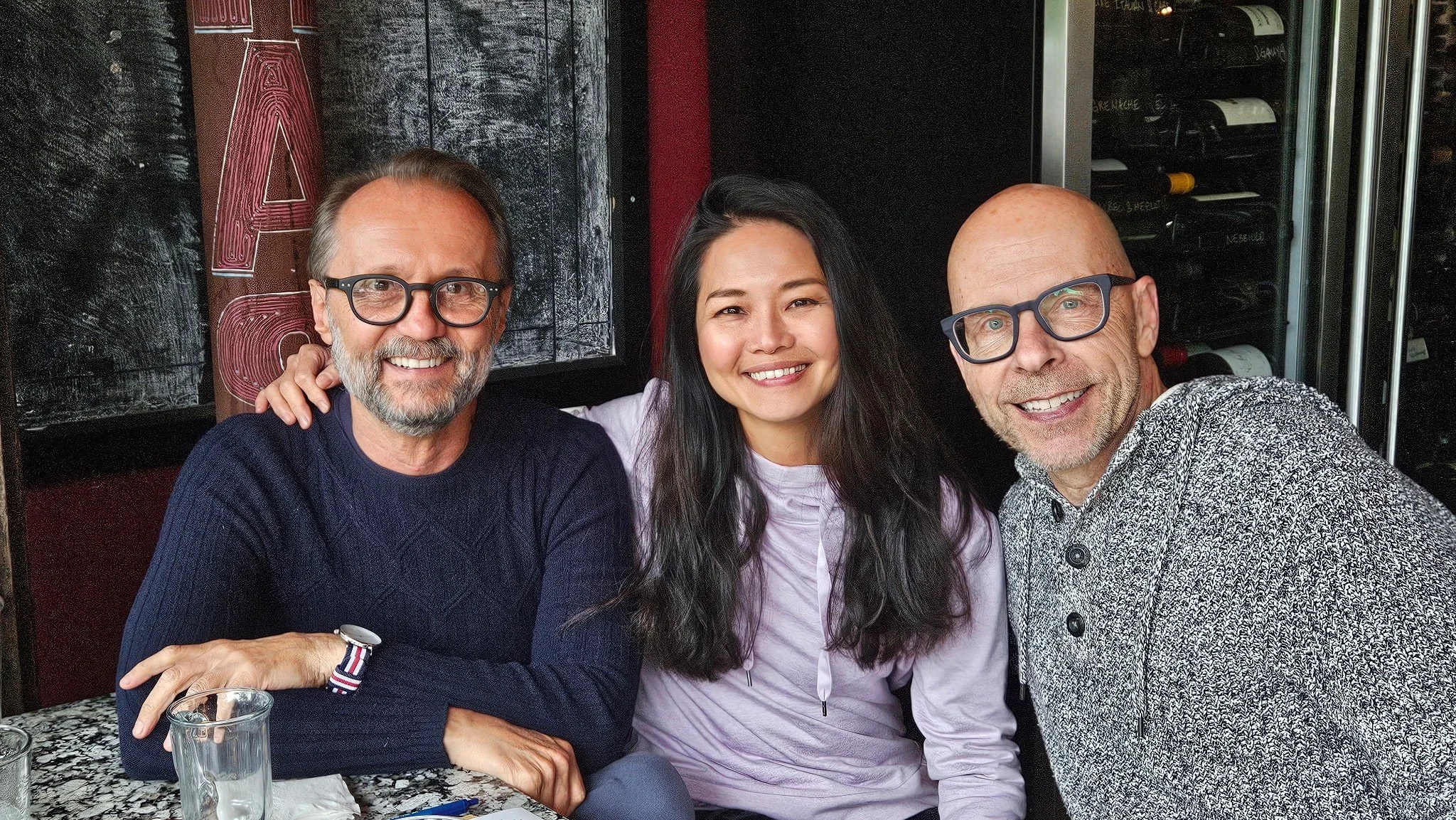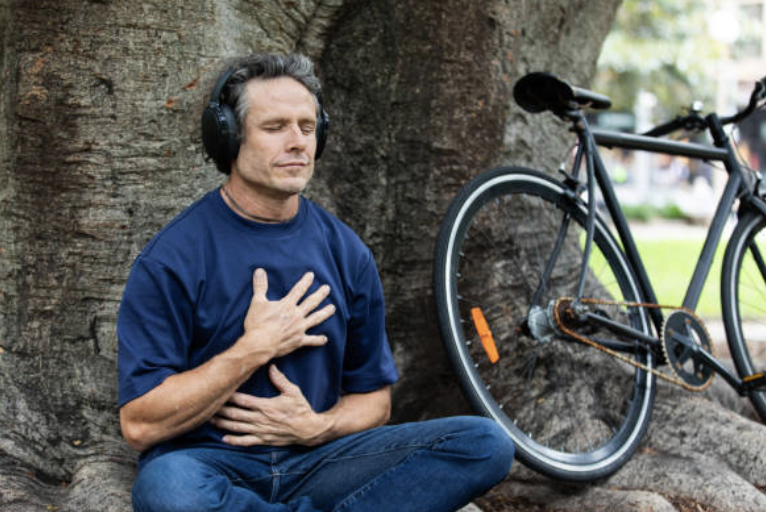Being a loving presence for yourself is a powereful practice
Thank you to Zeuler Lima and Mark Zimmerman for being a loving presence after the challenging week — they inspired me to write about how to practice loving presence.
I deeply believe we cannot offer or provide something that we lack within ourselves—If you don’t have love for yourself, it’s hard to truly give love to others. If you lack knowledge on a subject, you can’t teach it to someone else. If you’re not at peace, you can’t be a source of peace to those around you. Meditation, self-awareness, understanding yourself at a deeper level, and healing all start with shifting your focus back to yourself.
The catastrophic tornado that touched down in the heart of St. Louis in May has shaken everyone's ground and brought up our deepest fears to the surface. Like most people living in St. Louis, I am having a challenging week. Yet it is exactly during these difficult moments that I realize how important it is to cultivate inner grounding on a regular basis. You must first become the ground you need for yourself, only then can you be the ground or the peace for those who need you in your life.
Being a loving presence for yourself and for others is a powerful practice that involves deep self-awareness, compassion, and intentional action. Your patience, understanding and kindness is the world needed the most right now. Here's a simple practice to help you shift your inner awareness. - Christy
Being a Loving Presence for Yourself
1, Practice Self-Compassion
Talk to yourself kindly, especially when you’re struggling or make mistakes.
Use affirmations that soothe and affirm your humanity (e.g., “I’m doing my best, and that’s enough”).
2, Be Present with Your Emotions
Don’t suppress or judge your feelings. Meet them with curiosity, not criticism.
Allow yourself to feel without rushing to fix or avoid.
3, Create Safe Inner Space
Meditate or journal regularly to connect with your inner world.
Set healthy boundaries to protect your mental and emotional well-being.
4, Honor Your Needs
Ask yourself often: What do I need right now? Then actually respond.
This can be rest, movement, solitude, connection, nourishment, or play.
5, Celebrate Your Humanity
Accept your imperfections as part of being human.
Treat yourself like someone you deeply care about.
Being a Loving Presence for Others
Listen Deeply
Be fully present when someone is speaking—without interrupting, judging, or planning what to say next.
Reflect back what you hear with empathy (e.g., “That sounds really hard.”).
2, Offer Nonjudgmental Space
Let people show up as they are without trying to change them.
People open up when they feel emotionally safe.
3, Be Consistently Kind
Small, everyday acts of kindness—checking in, offering help, or smiling—can be profoundly healing.
Kindness doesn’t always mean saying yes; sometimes it means showing up with truth and care.
4, Hold Boundaries with Love
Being loving doesn’t mean abandoning yourself. Respecting your own limits models self-love and creates authentic relationships.
5, Radiate Calm and Acceptance
Your calm presence can help others feel grounded.
This means tending to your nervous system so you’re not reactive or overwhelmed.
Integration Practice
Try this daily:
In the morning, place your hand on your heart and say: “Today, I choose to be a loving presence—to myself and others.”
Throughout the day, pause and ask: “What does love look like right now?”
At night, reflect on how you showed love, and where you could grow, without self-blame.
This love meditation, called Metta Meditation, is adapted from the Visuddimagga (The Path of Purification) by Buddhaghosa, a fifth-century C.E. systematization of the Buddha’s teachings.
To begin, sit still and calm your mind, body and your breathing. Sitting still, you aren’t too preoccupied with other matters. Begin practicing this love meditation on yourself (“May I be peaceful...). Until you are able to love and take care of yourself, you can’t be of much help to others. After that, practice on others (”May he/she/you/they be peaceful...)
May I be peaceful, happy and light in body and spirit.
May I be safe and free from injury.
May I be free from anger, afflictions, fear and anxiety.
May I learn to look at myself with the eyes of understanding and love
May I be able to recognize and touch the seeds of joy and happiness in myself.
May I learn to identify and see the sources of anger, craving, and delusion in myself.
May I know how to nourish the seeds of joy in myself every day.
May I be able to live fresh, solid, and free.
May I be free from attachment and aversion, but not be in different.





